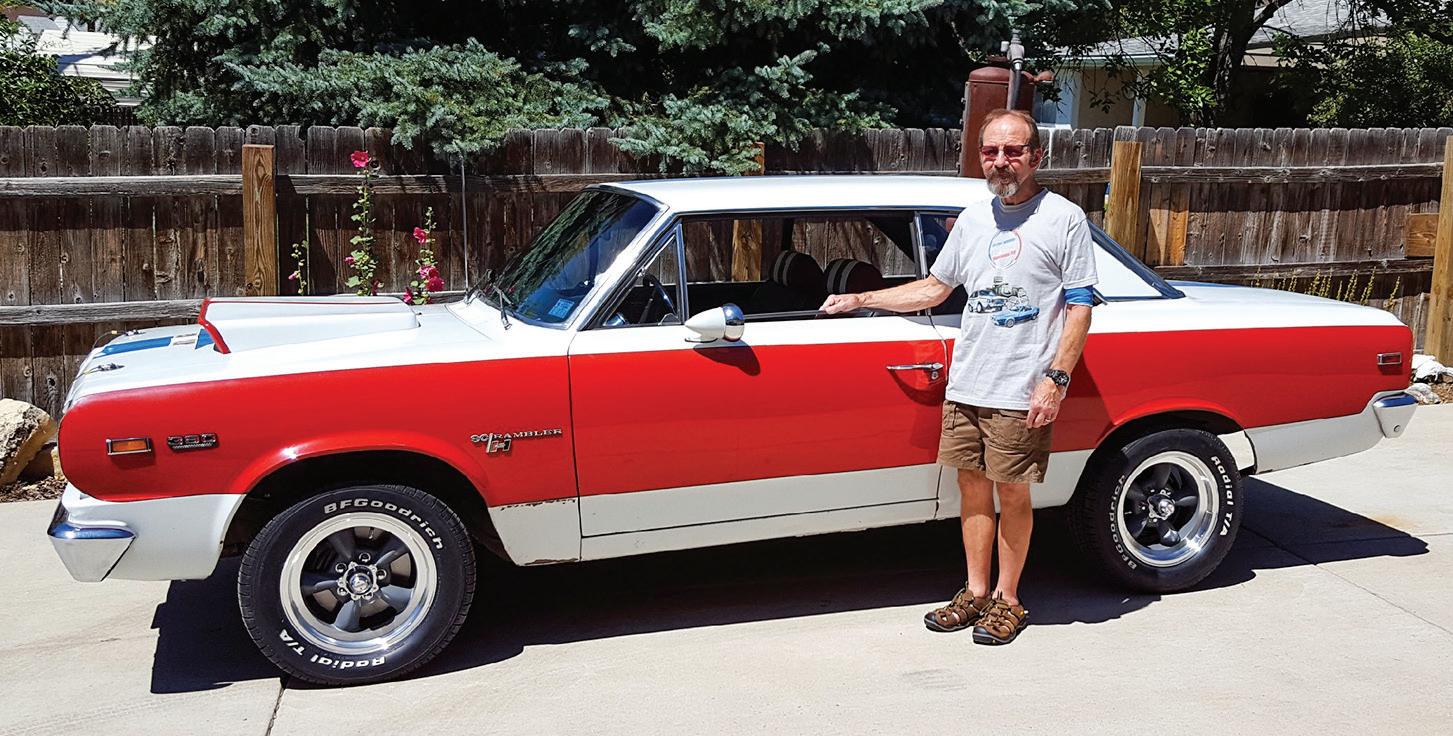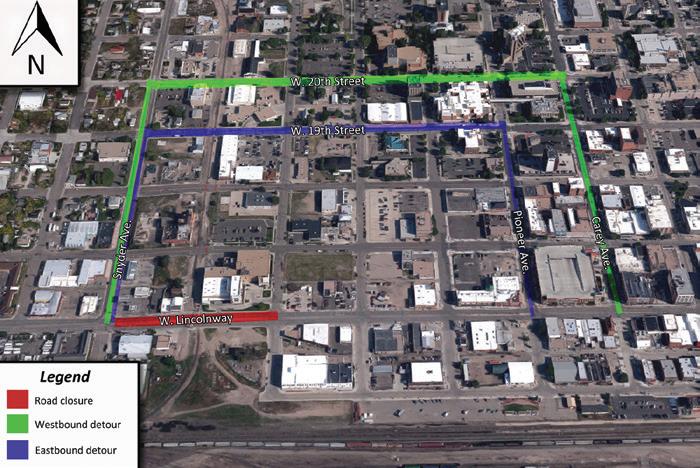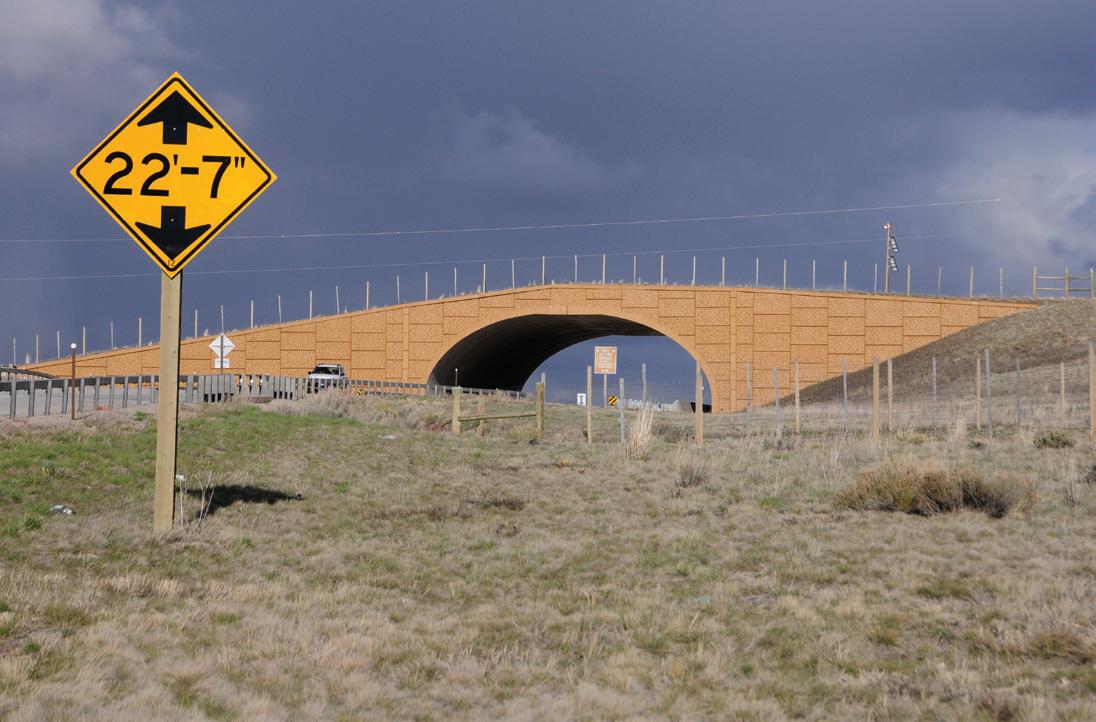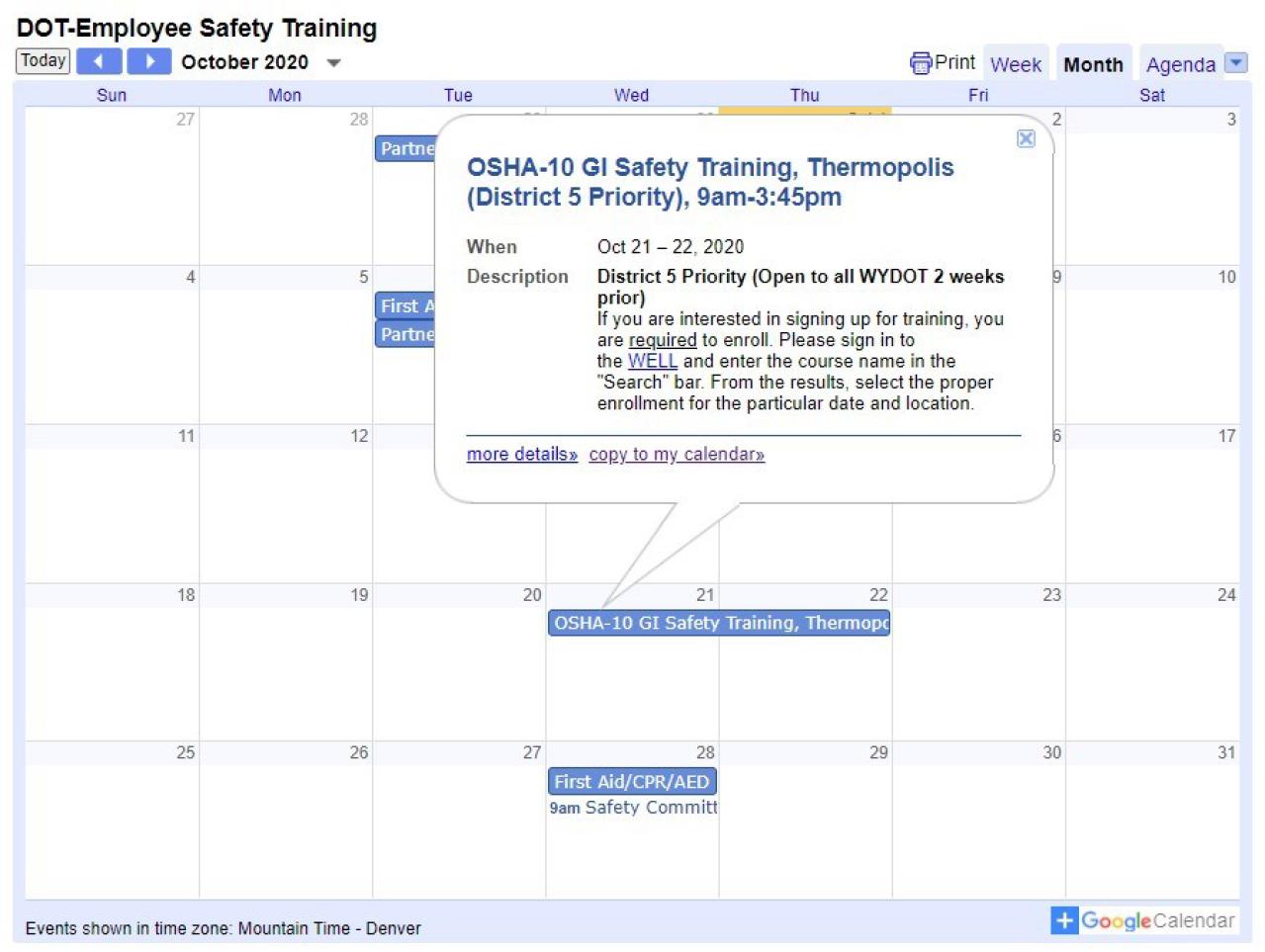Game & Fish Why wildlife overpasses are worth the expense
Photo: WYDOT
By Angi Bruce, Wyoming Game and Fish In Wyoming there are 6,000 documented collisions with big game annually. A wildlife overpass is one of many solutions wildlife managers and transportation engineers may recommend to help prevent wildlife-vehicle collisions and reduce barriers for season movements. While overpasses are a costly infrastructure investment for wildlife, they are a unique and indispensable tool for preventing crashes and re-establishing biological connectivity for herds. The Wyoming Game and Fish Department and the Wyoming Department of Transportation acknowledge overpasses are expensive. On a two-lane road the cost ranges from $6 to $14 million for the structure. An interstate wildlife overpass can be pricier at $20 to $30 million. Because they are expensive, Game and Fish and WYDOT only recommend overpasses when they are justifiable, suited to the species and the location. Often, lower-cost solutions are the first consideration to reduce wildlife-vehicle collisions. Those might include fencing, using existing underpasses, variable speed limits, signs for drivers or mowing the rights of way. Most important, an overpass must meet wildlife’s needs. Any road modifications for wildlife are supported by data and other
on-the-ground conditions. That starts with sometimes decades of research on the movements of big game like elk, deer or pronghorn. Biologists will analyze GPS-collar data to learn how many animals are crossing and the species, as well as the frequency and location of crossings and collisions. When overpasses are placed in the right location they have been proven to be 80 to 90 percent effective in reducing collisions. Support wildlife crossing efforts by purchasing a Wyoming Wildlife Conservation License Plate or donating to crossing efforts. n
Wildlife priority area on US 26/287 near Dubois subject of public virtual meeting
Photo: Mark Gocke
By Wyoming Game and Fish The Wyoming Game and Fish Department and WYDOT invited interested citizens to attend a virtual meeting to discuss possible solutions to wildlife/vehicle collisions along US 26/287 outside of Dubois. The meeting was held over ZOOM on Dec. 8. Annually, an average of 136 collisions with mule deer occur on this stretch of highway, costing $746,000 per year. WYDOT,
A herd of mule deer at a wildlife-safe fence along the highway.
10
Interchange
n
December 2020
as well as Game and Fish and various wildlife and community groups, hope to reduce those collisions as well as impacts to other wildlife, such as bighorn sheep. The agencies are taking action to find solutions that give wildlife the green light for safe passage along this 26-mile stretch of US 26/287, from east to west outside of Dubois. This stretch of highway was identified at the 2017 Wildlife and Roadways Summit as one of the top 10 priority areas in the state to begin looking for solutions. The summit kicked off the Wildlife and Roadways Initiative that Game and Fish, WYDOT, other governmental and non-governmental agencies have been working on to identify priority areas and work together to find ways to fund and implement projects that reduce wildlife/vehicle collisions, increase motorist safety, and maintain or re-establish disconnected wildlife migration routes. To evaluate this stretch of highway, Julia Kintsch from ECO-resolutions LLC was hired as a consultant. Kintsch has 15 years of experience helping wildlife and transportation agencies mitigate wildlife movement. At the Dec. 8 meeting, Kintsch will present the project partnership’s initial findings and ideas for solutions. Join the ZOOM call and share your thoughts about the information gathered, what has been learned and some potential solutions to reduce wildlife/vehicle collisions in the Dubois area. n





